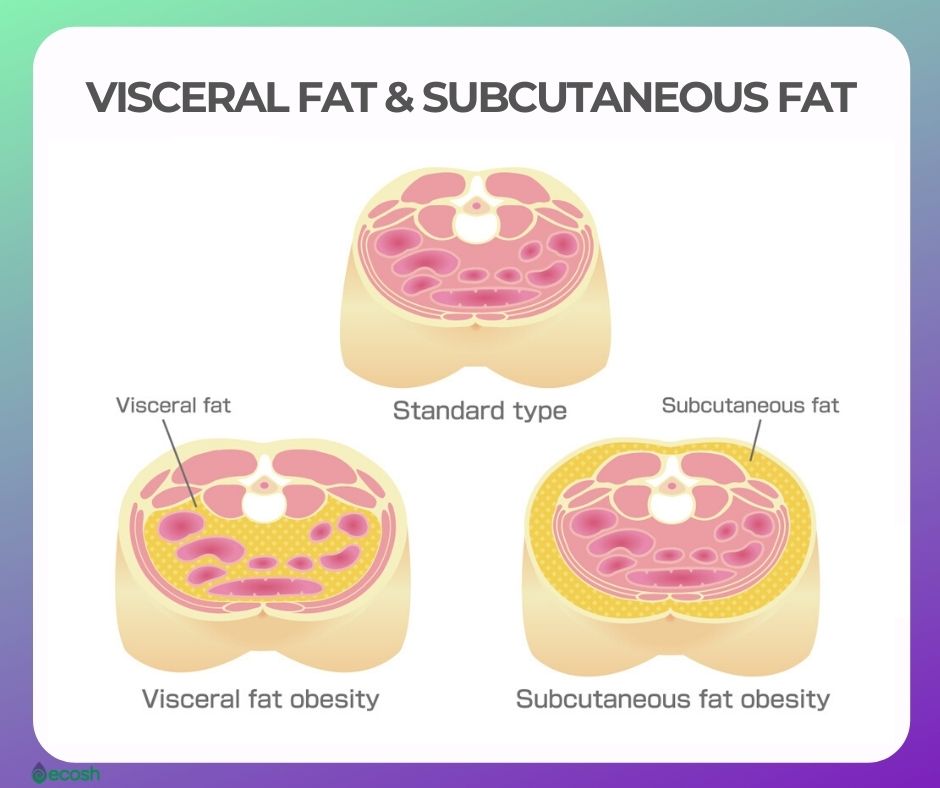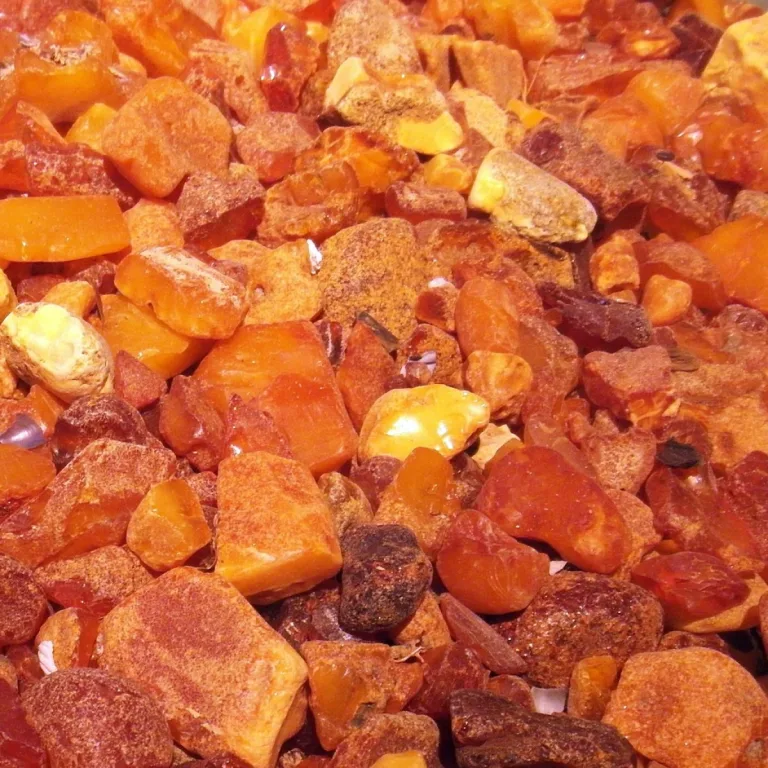What is visceral fat and why someone with the so called apple-shaped body should be more worried than a person with a pear-shaped body? Because if you have an apple-shape body, the fat is deposited in the belly and most of it in the abdominal cavity.
The visceral fat in the abdomen is, however, a fatty tissue which is located in vital organs and in the space between them, and its excess is significantly damaging to health.
In a pear shaped body, the fat is deposited mainly on the hips and thigh, and is mostly subcutaneous fat.
Fortunately, there are effective measures to reduce your waist circumference and with it the visceral fat. In this article you will find 12 simple tricks that you can start to follow already today.

Why is Visceral Fat Dangerous?
- It is metabolically more active than subcutaneous fatty tissue.
- Visceral fat releases toxins that enter the bloodstream and eventually to coronary artery arteries. These toxins in turn promote the formation of inflammation.
- The cascading factor of inflammation promotes vascular and coronary artery calcification, resulting in a risk of heart attack.
- It has been found that the burden of inflammation and free fatty acids accumulate in the liver, which also raises the risk of fatty liver and type II diabetes.
- Increased waist size, which is one of the markers of visceral fat, is a major risk factor for developing diabetes, cardiovascular disease, and certain cancers.

12 Tips to Get Rid of Visceral Fat
1. Eat less carbohydrates
Low carbohydrate foods help to prevent and reduce the proportion of fat in the body, including visceral fat. Studies have shown that ketogenic diets are effective in lowering visceral fat percentage of the body’s total weight.
2. Be more active and you will get rid of visceral fat
Movement burns calories. The more intensely and longer you move yourself, the more and more calories will burn. Studies have found that when combining a healthy diet with an aerobic exercise, it is an effective way to reduce visceral fat.
The more intense aerobic activity, for example sprinting, the more effective.
3. Eat more fiber
By consuming more fiber, your digestion is better, the stomach stays full longer and also the cravings are kept under control. Overall, eating fiber reduces the chance of gaining weight.
If your diet does not contain enough of it, it would be wise to add more fiber rich foods to your daily menu. However, some people may get help from dietary fiber supplements.
4. Eat more protein
When consuming more protein it is possible that the proportion of visceral fat will reduce as well. Protein-rich foods help to keep the feeling of fullness longer, as a result of which you do not consume the excess calories.
The study with nearly 24 000 subjects found that if protein-rich food was eaten regularly, the body mass index was lower than the average, and also the waist size (visceral fat marker) was lower.
5. Eat less added sugar foods
Added sugar is sugar which does not appear in food naturally but is added separately. Studies have shown that people who eat food containing added sugars have a higher proportion of visceral fat than people who consume less added sugars.
6. Eat more probiotic foods and excess visceral fat may leave your body for good
Your microbiome represents an important part of your health. Several studies have shown that when you consume probiotics, it helps to reduce visceral fat.
You will get probiotics from foods such as kefir, kimchi, sauerkraut, but also through dietary supplements. Read more about 40 Health Benefits of Probiotics and 20 Top Probiotic Rich Foods.

7. Enough sleeping hours
Sufficient sleep is essential to promote and maintain your good health. Try to sleep regularly 7-8h. Studies have shown that the amount of visceral fat is higher if receiving only 1h less sleep (in long term).
8. Avoid trans fats
Trans fats are bad for your health. Consumption of trans fats is also associated with a higher proportion of visceral fat. Fortunately, the levels of trans fats in foods are nationally regulated. However you may additionally want to monitor what and which quantities you eat.
The trans fats include various snacks, margarine (not butter, but margarine), deep-fried foods, ready-made foods and pastry.
9. Reduce stress
Long term and deepening stress is devastating to your health. Studies have shown that chronic stress keeps the cortisol levels (stress hormone) at a constant height, which badly affects also your overall health and waist circumference.
Reduce stress at the expense of your workload and engage in soothing activities like meditation, yoga and spend more time with your family.
You can also try natural stress relieving supplements, such as the Ashwagandha Root Extract, which is said to even prolong life. Read more about The 15 Health Benefits of Ashwagandha.
10. Consume less alcohol
Alcohol is bad for your health from the first sip and its negative effects increase with the amount and time of consumed alcohol. Therefore, those who drink alcohol in higher amounts and more regularly have also a wider waist size.
Alcohol also contains more calories than other carbohydrates – 7kcal/1g compared to 4kcal/1g (carbohydrates).
11. Try Interval Fasting
Studies have shown that this dietary strategy can help reduce visceral fat. The most popular is fasting daily 16h and then eating only in the remaining 8h hours. You can also try body cleansing, read more about How to Correct Your Weight and Cleanse Your Body From Toxins.
12. Get help with some dietary supplements
- Probiotics – If you think your daily menu does not contain enough healthy foods and you often get sick, you can try probiotics for one week. These good bacteria can help to restore your microbiota and avoid dysbiosis. Read more about 40 Health Benefits of Probiotics and 20 Top Probiotic Rich Foods.
- Fiber – As it is important to consume healthy fiber, you can also try fiber supplements.

Summary
We all have visceral fat, but if your waist size is already suffering, then it’s probably too much. Keep an eye on your belly, measure, weigh, and take the 12 previously mentioned steps to reduce the problem if necessary.
Too high level of visceral fat has a negative impact on health and it is particularly associated with an increased risk of diabetes mellitus, cardiovascular disease and certain cancers.
Fortunately, there is much in our own hands. By cultivating a healthy lifestyle where, in essence, we apply all of these steps to a greater or lesser extent, we are able to maintain the proportion of the waist circumference and visceral fat within the normal range.
Pictures: Pexels.com, Pixabay.com, Shutterstock.com


